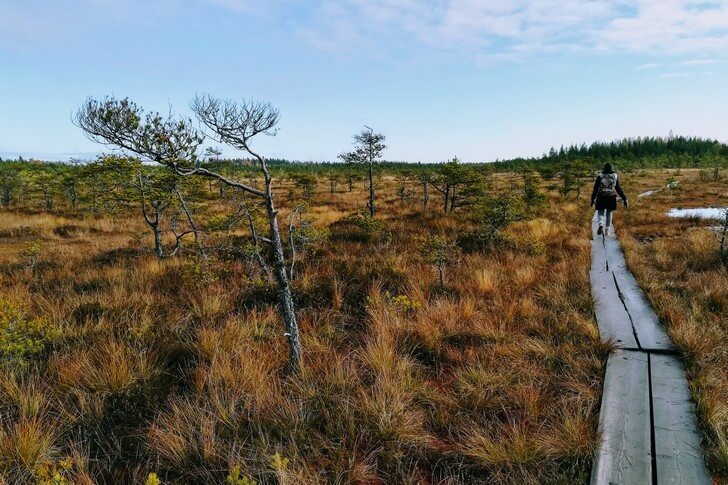Kotka is a Finnish city located on the coast of the bay. It stands partially on an island, and in the past there was a Swedish fortress on this place. The influence of neighbors feels only in minor details. The originality of Kotka has long supplanted the culture of other countries and peoples. Natural beauty is the main value of these territories. Since the city has a harbor and a fairly large port, there are additional opportunities for tourism.
Natural parks often come with man-made attractions. So, for example, in Langinkoski guests will find not only impeccable ecology and fishing, but also an acquaintance with the "Tsar's Dacha". And in the Sibelius Park, you should pay attention to the fountain.
What to see and where to go in Kotka?
The most interesting and beautiful places for walking. Photos and a short description.
Langinkoski
This name was given to the water rapids that are part of the natural park. The area of the protected area is 28 hectares. Several tourist routes have been laid. The area is known for good fishing. The largest fish was caught here in 1896. Her weight was more than 35.5 kg. In Langinkoski, at the end of the 19th century, a fishing house was built for the rest of Emperor Alexander III. Now it has been turned into a museum.
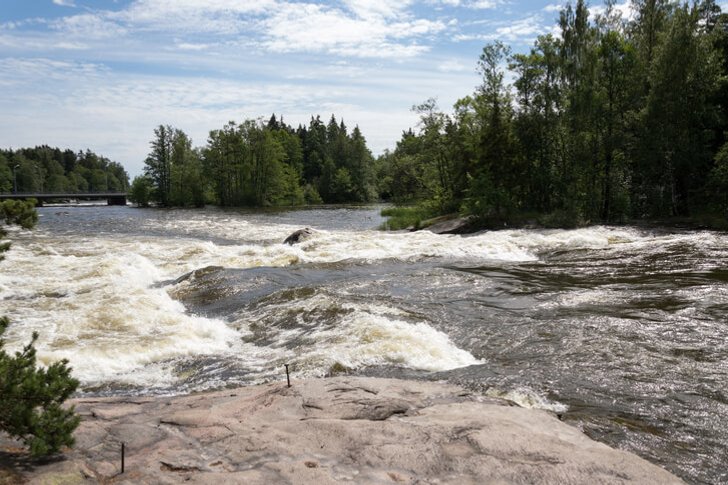
Museum "Tsarskaya Dacha"
Belongs to the territory of Langinkoski. The monks of the Valaam Monastery also liked local fishing and picturesque landscapes. Paul I allowed them to fish here. Alexander III ordered the construction of a fishing house, where he rested with his family. Subsequently, the building was restored, the interiors are partially preserved, partially recreated. Nearby are an Orthodox chapel, a memorial stone, an old cafe.
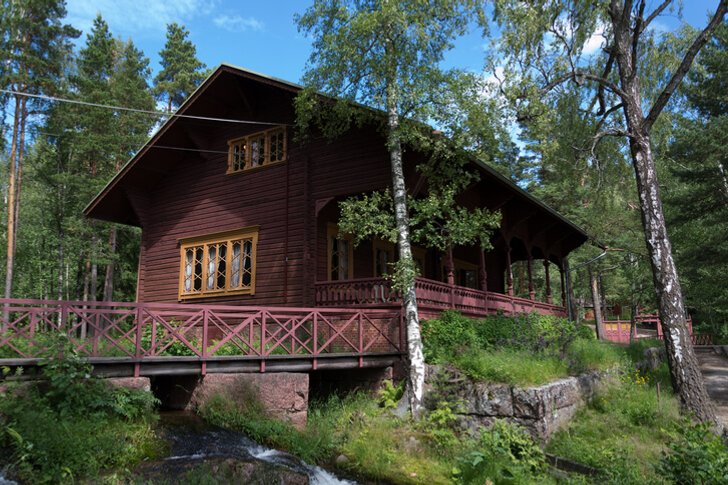
Maritime Center "Vellamo"
Located within the port since 2008. From the roof of an unusual building, specially built for the center, a panoramic view of the city opens. Various types of ships are on display inside. The exposition of the Maritime Museum tells the history of navigation in the northern regions. Part of the premises is given over to the Kymenlaakso Museum. Its exhibits are related to the region's heritage. Nearby is the Tarmo icebreaker, which has long been a museum.
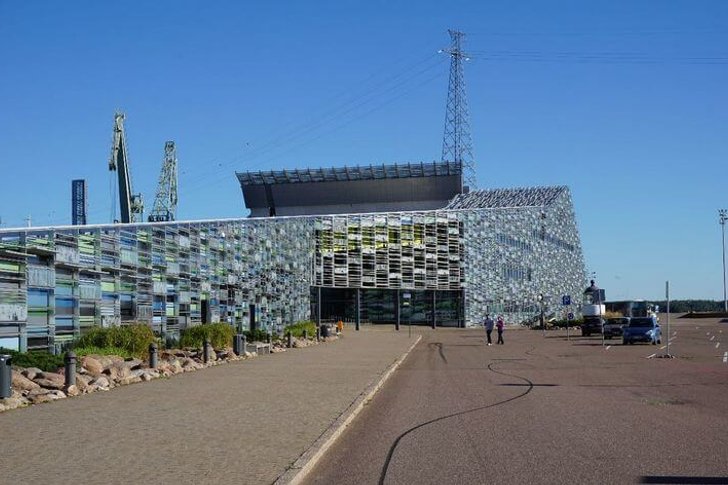
Maretarium
The huge aquarium is divided into several zones, where representatives of the fauna of the Finnish inland waters and the Baltic Sea are kept. The excursion program is varied. One of the highlights is the performance in the maritime theater, when the workers of the Maretarium feed the fish in front of the audience during the dive. On the basis of the aquarium, a School of Nature for schoolchildren was created. There is also a department with terrariums.

Karhula Flying Club Aviation Museum
Based in a hangar near Kyumi Airport. Rare aircraft are exhibited here. The Karhula Aeroclub is repairing them, so all the exhibits are on the go. For example, the Gloucester Gauntlet fighter is the last of these World War II aircraft that can take to the air. The museum is open from late spring to early autumn. Admission is free, donations are accepted for the upkeep of the collection.

Church of Kotka
The Evangelical Lutheran Cathedral was built in 1898. For the project, Josef Stenbeck chose the Neo-Gothic style and the red bricks that matched it. The interior spaces are very spacious. More than one and a half thousand people can attend the service at the same time. Finishing features - ornaments on columns, carvings on wooden interior items, stained-glass windows. By its centenary, the church received an organ.
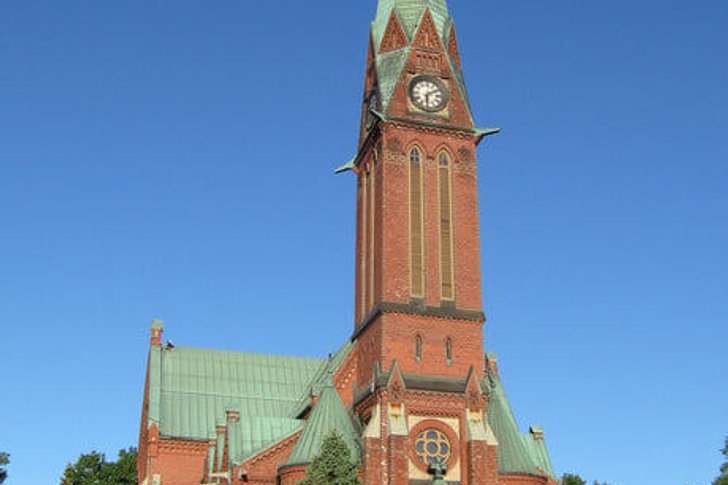
Church of St. Nicholas
Built at the turn of the XVIII-XIX centuries. The project was created by architect Yakov Perrin in the neoclassical style. Each of the three entrances is decorated with columns. In front of the central part of the facade there is a monument to Mary Purple. This local resident saved the temple from destruction. The church is famous for its interiors, especially for icons. The most valuable depicts St. Nicholas against the backdrop of a seascape.

Kimi Church
The second oldest building in the city. The church opened its doors to parishioners in 1851. The bells were brought from another church. The building is predominantly stone, but there are also wooden inserts. The main hall is designed for 790 people. The interior decoration is rich, especially the painting of the vault, chandeliers and candlesticks. There is a cemetery nearby. Traditionally, soldiers who fell in battle were buried here.
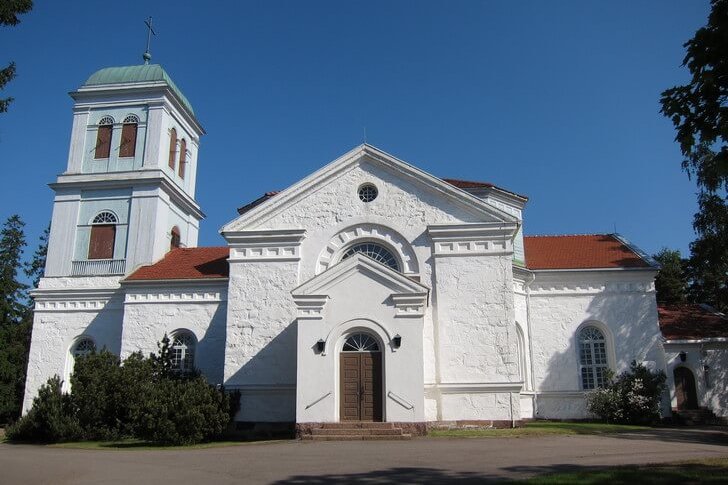
Haukkavuori Lookout Tower
The tower stands on a hill, and several stairs lead to it. In the past, Haukkavuori was a water tower. As soon as a modern water supply appeared in the city, it was transformed into a lighthouse, and then into a tourist site. There is a small cafe on the lower level. To see the city and the bay, you need to climb to the very top. The entrance is paid, the observation deck is open in the warm season.
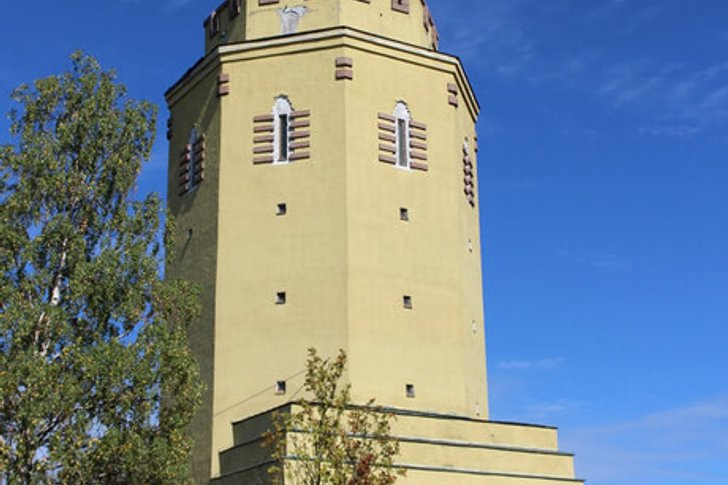
Kyuminlinna
The city fortress of Kotka was built in the 18th century. Alexander Suvorov was personally responsible for the project. Defensive structures were needed not only to protect the Finnish city, but also to deter enemy troops on the way to St. Petersburg. During its existence, the fortress performed various functions, including being a refugee camp. Now you can get to Kyminlinna only as part of an excursion.
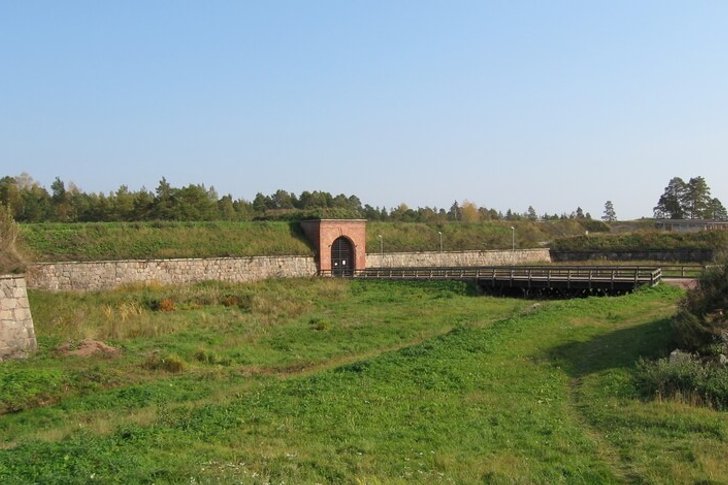
Catherine Marine Park
The youngest park in Kotka covers an area of 20 hectares. Playgrounds and places for recreation are scattered throughout its area. There are special stone tables, beach and children's areas, as well as a dedication to the dead sailors - an anchor-monument. The eastern part of the park is reserved for the protected black alder grove of Catherine. The ruins of fortifications that protected the strait in past centuries have been preserved here.
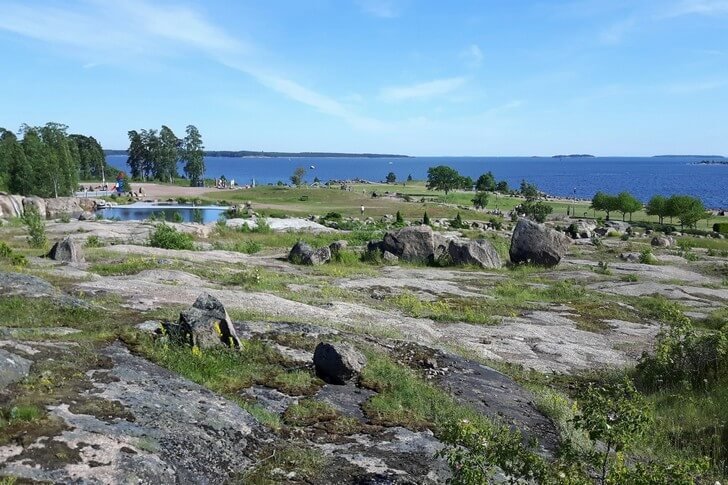
Sibelius Park
Broken in the city center in the 30s of the last century. It was designed by architect Paul Olsson. Dedicated to the Finnish composer Jean Sibelius. Sports competitions were held on the territory of the park, soldiers were trained and even potatoes were planted during the war years. Briefly about the history of the park can be read on the stand at the entrance. The main decoration of the territory is a sculptural fountain.

"Weistospromenadi"
Locals call this area an open-air sculpture gallery. The Lehmusesplanadi alley was given its present appearance at the turn of the past and present centuries. It has become a popular walking route, the length of which is about 2 km. Since 2001, the Weistospromenadi project has gradually gained momentum. The installation of sculptures and monuments began. The bronze figure "Looking at the Sun" was one of the first.

Sapokka Water Park
In terms of ecology, it is one of the cleanest places in Finland. The principle of its creation is a competent combination of water, stone and light. The location in the bay and the abundance of green spaces made the park especially picturesque. In the warm season, concerts and performances are given on the open summer stage. The park is popular with lovers of walks, joggers, couples in love. The park is beautiful in its own way in each of the four seasons.

Valkmus National Park
It is located near the city and is part of the province of Kymenlaakso. Marshy terrain is quite unusual for the south of the country. In total, researchers have identified about 30 types of swamps here. The national park was created in 1996 and covers an area of 17 km². Birds and butterflies are presented in all their diversity. Birds not only live in the park on a permanent basis, but also make stops during migrations.
